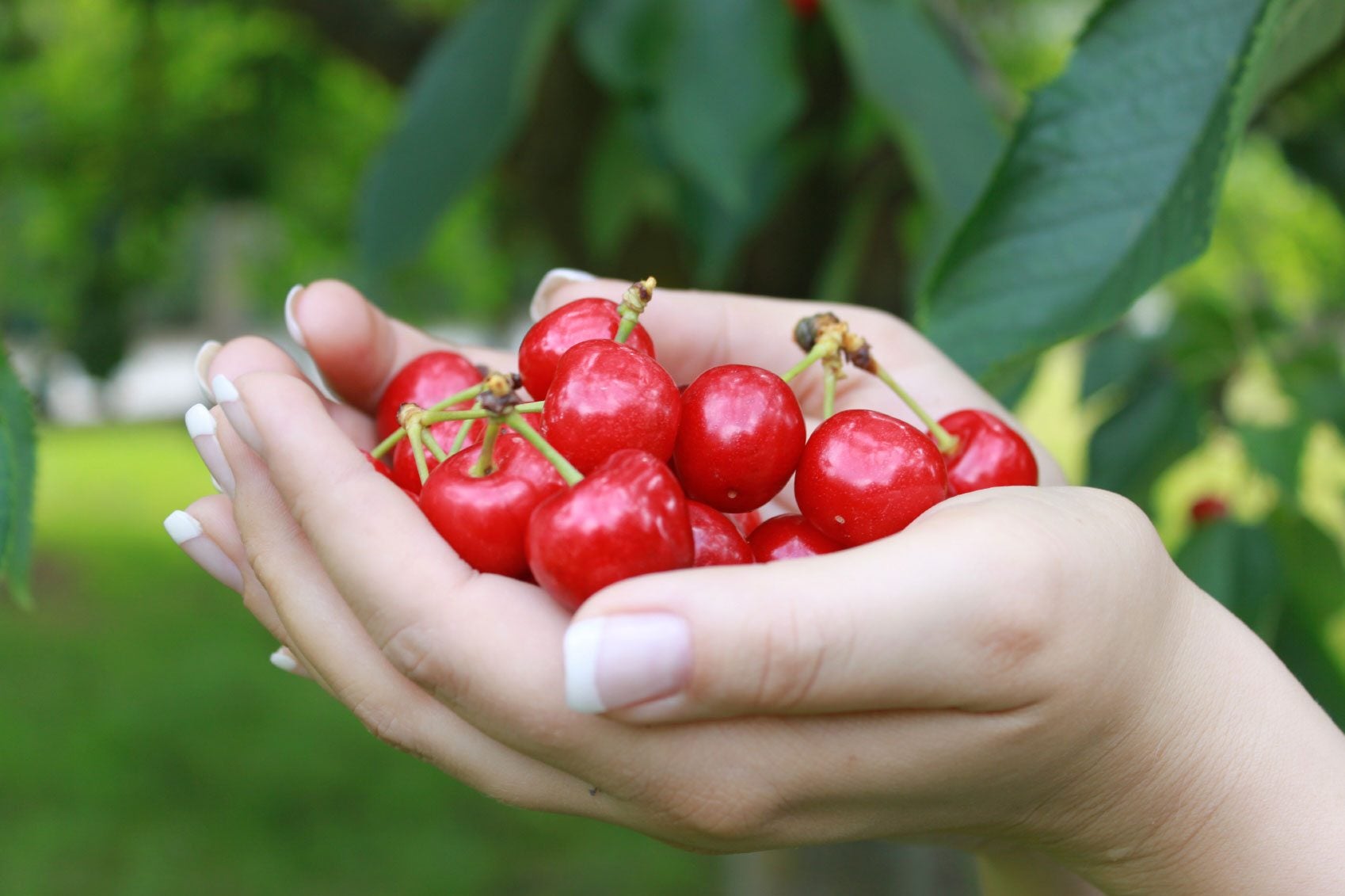Determining the optimal time to harvest cherries is a critical task that requires careful attention to detail. The ripeness of cherries greatly affects their taste, texture, and overall quality, making it essential for growers to accurately identify the right moment for harvesting. In order to achieve peak flavor and sweetness, cherries must be allowed to fully mature on the tree. This article explores the various factors that influence when to harvest cherries, ranging from color and size to firmness and sugar content. Whether you are a seasoned cherry farmer or an enthusiastic gardener, understanding the signs of cherry ripeness can help ensure a bountiful harvest of delectable fruits.
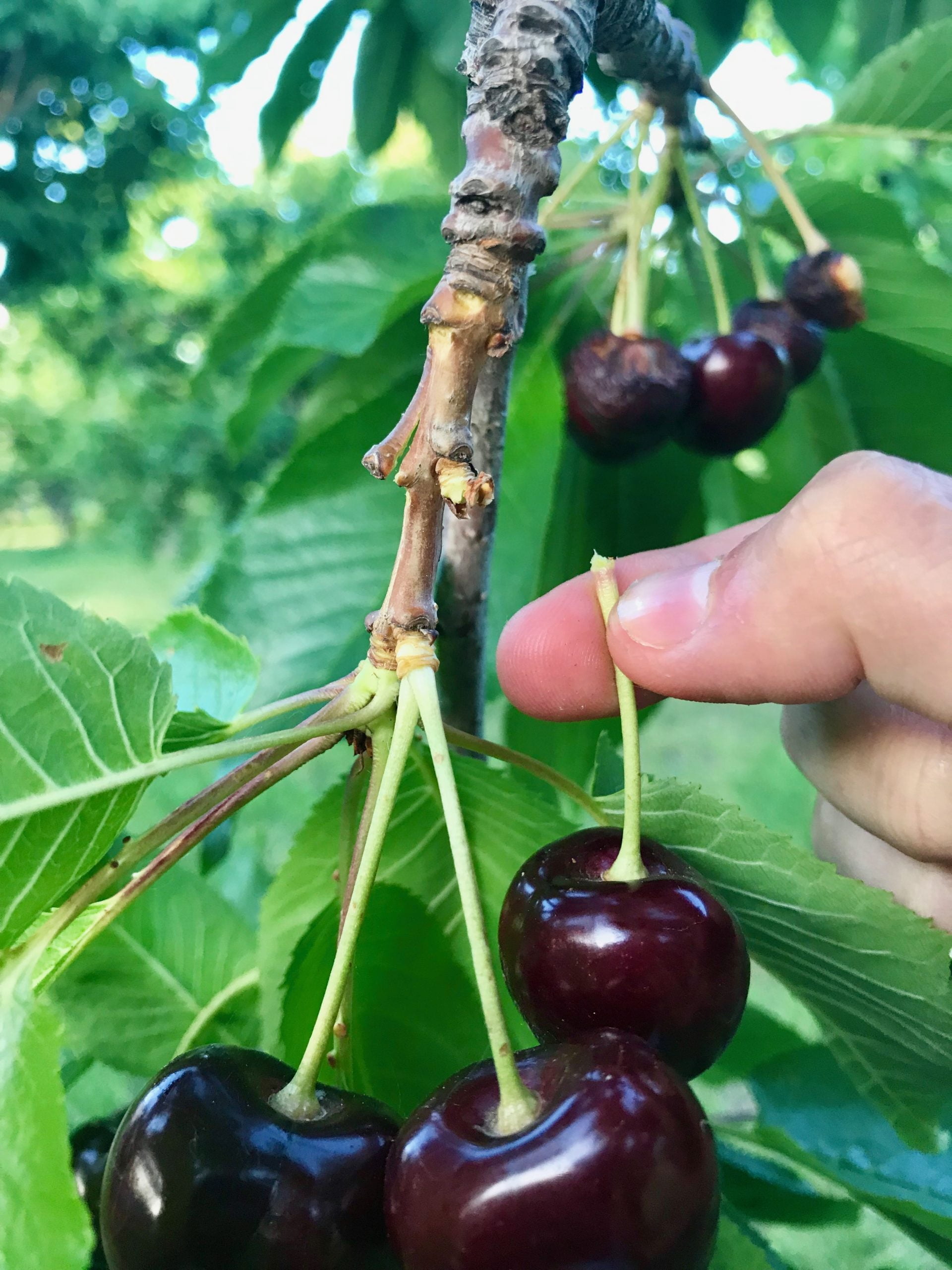
Factors Affecting Cherry Harvest Time
Climate
Climate plays a vital role in determining the cherry harvest time. Cherries require a certain number of chilling hours during the winter to break dormancy and initiate bud development. The number of chilling hours needed varies depending on the cherry variety. Additionally, warm temperatures in the spring help promote the growth and ripening of cherries. Ideal temperatures for cherry ripening range between 75°F and 85°F. Extreme heat or frost can significantly impact the harvest time.
Variety
Different cherry varieties have different maturation times. Some varieties are early-season cherries, while others are mid-season or late-season cherries. It is important to know the specific variety you are growing to determine the appropriate harvest time. Early-season cherries tend to ripen earlier in the season, while late-season cherries ripen towards the end of the season. Each variety has its unique flavor profile, so understanding the specific attributes of the variety will help guide the harvest time.
Size and Color
Size and color are two important visual indicators of cherry ripeness. As cherries ripen, they generally increase in size due to the accumulation of sugars and moisture. Plump and firm cherries are usually a good indication that they are ready for harvest. Additionally, color is a crucial indicator. Cherries that have reached their ideal harvest time will have developed a rich and vibrant color specific to their variety, such as deep red, dark purple, or golden yellow. The size and color of cherries can vary depending on the variety, so it is essential to be familiar with the specific characteristics of the cherry variety being grown.
Taste and Texture
The taste and texture of cherries are significant factors in determining their readiness for harvest. As cherries ripen, their sugar content increases, resulting in sweeter fruit. Tasting a few cherries from different parts of the tree can give you an idea of the overall flavor profile. Additionally, the texture of the cherries should be considered. Ideally, cherries should be juicy, with a firm yet tender flesh. Overripe cherries may become mushy or mealy, while underripe cherries may be too tart or hard. It is important to find a balance between taste and texture when determining the proper harvest time.
Identifying When Cherries Are Ready for Harvest
Observation
Observation is an essential tool in determining when cherries are ready for harvest. Regularly inspecting the cherry trees allows you to monitor the progress of the fruit. Look for visual cues such as changes in color and size. Depending on the variety, cherries may change from green to their specific ripened color. Monitoring the overall appearance of the cherries will give you a general idea of their readiness for harvest.
Touch Test
The touch test involves gently squeezing a few cherries to assess their firmness. Ripe cherries should be plump and slightly firm. If they feel mushy or too soft, they may be overripe. On the other hand, if the cherries feel extremely hard, they may still be underripe. It is important to be delicate when conducting the touch test to avoid damaging the cherries.
Taste Test
Eating a few cherries to sample their taste is another reliable method to determine if they are ready for harvest. Pay attention to the sweetness and flavor intensity. Ripe cherries should be sweet, with a pleasant balance of acidity. If the cherries taste too tart or lack sweetness, they may need more time to ripen. Remember to taste cherries from different parts of the tree to account for variations in ripeness.
Color and Size
As mentioned before, color and size are visual indicators of cherry ripeness. Depending on the specific variety, cherries will develop unique colors and sizes when they reach their optimal maturity. Deep red, dark purple, and golden yellow are common color variations for ripe cherries. In terms of size, cherries should have reached their maximum size for the variety being grown. Keep in mind that color and size can vary depending on the climate and growing conditions, so understanding the specific characteristics of the variety being grown is crucial.
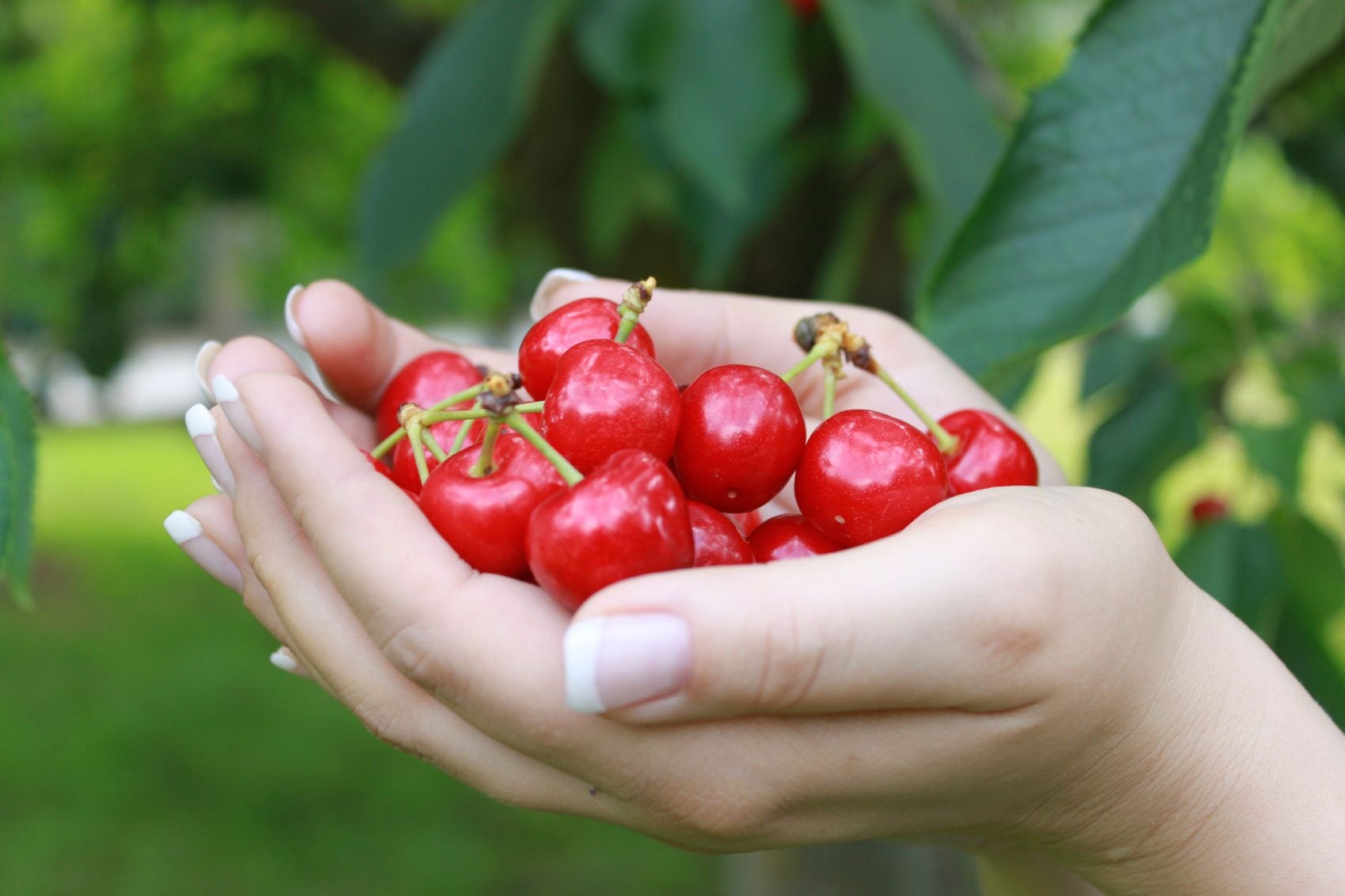
Knowing When to Harvest Different Cherry Varieties
Early-Season Cherries
Early-season cherries typically ripen towards the beginning of the cherry season. Each variety of early-season cherries has its specific maturation time, but in general, they are ready for harvest in late spring or early summer. These cherries tend to have a lighter color and a slightly tangy flavor. It is essential to stay attentive to the changes in color, size, taste, and texture to determine the ideal harvest time for early-season cherries.
Mid-Season Cherries
Mid-season cherries fall in the middle of the cherry season. They usually ripen a few weeks after the early-season cherries. Mid-season cherries tend to have a more balanced flavor profile, with a mix of sweetness and acidity. The color and size of mid-season cherries will vary depending on the specific variety being grown. Regular observation, touch tests, taste tests, and consideration of color and size will aid in determining the optimal harvest time for mid-season cherries.
Late-Season Cherries
Late-season cherries, as the name suggests, ripen towards the end of the cherry season. These cherries generally have a deeper color and a sweeter flavor. Late-season cherries can be harvested in late summer or early fall, depending on the climate and growing conditions. The harvest time for late-season cherries should be determined by closely monitoring their color, size, taste, and texture, and making adjustments based on individual variety characteristics.
Tools and Techniques for Harvesting Cherries
Hand-Picking
Hand-picking is the most traditional and widely-used method for harvesting cherries. This method involves carefully removing ripe cherries from the tree by hand. To hand-pick cherries, gently grasp the stem of the cherry and twist it slightly while lifting. Make sure to handle the cherries delicately to avoid causing damage. Hand-picking is an excellent method for smaller-scale operations or for those who prefer a more hands-on approach to harvesting.
Shaking the Tree
Shaking the tree is another method used to harvest cherries, especially when dealing with larger trees. This technique involves gently shaking the tree branches to loosen ripe cherries, causing them to fall to the ground or into a catching device below. It is essential to shake the tree with care to prevent excessive force that could damage the cherries or the tree itself. Shaking the tree can be an effective method for increasing efficiency and saving time, especially for orchards with a larger number of trees.
Using a Mechanical Harvester
Mechanical harvesters are more commonly used in larger-scale operations. These machines are designed to shake the entire tree or individual branches, allowing ripe cherries to detach and be collected. Mechanical harvesters can significantly speed up the harvesting process and reduce labor costs. However, they require specialized equipment and expertise to operate effectively. Mechanical harvesters are best suited for commercial cherry orchards with substantial production volumes.
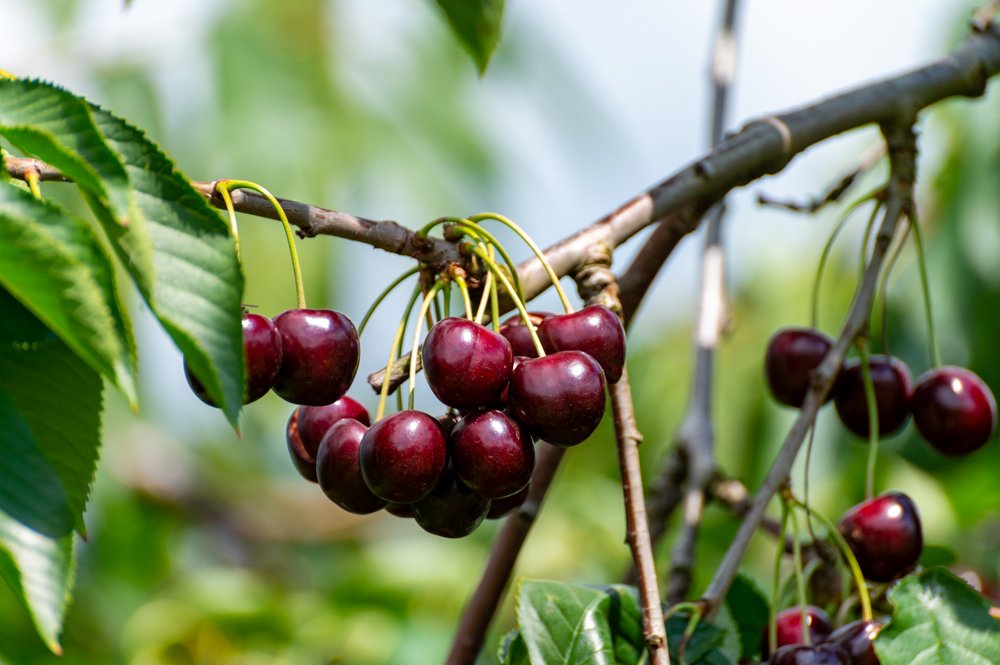
Harvesting Tips and Best Practices
Timing the Harvest
Timing the harvest is crucial for obtaining high-quality cherries. Ideally, cherries should be harvested when they have reached their optimal ripeness. Waiting too long can result in overripe cherries with compromised texture and taste, while harvesting too early can yield underripe and less flavorful cherries. Regular observation, touch tests, taste tests, and consideration of color and size are essential when determining the appropriate harvest time.
Handling Cherries
Properly handling cherries during harvest is essential to maintain their quality. It is important to handle cherries with care to prevent bruising or damage. When hand-picking cherries, grasp the cherry gently by the stem to avoid crushing the fruit. Avoid dropping cherries into containers from a height, as this can cause bruising. Handling cherries delicately will help preserve their appearance, texture, and taste.
Storing Cherries
After harvest, cherries should be stored properly to maintain their freshness and flavor. Cherries are highly perishable fruits and require specific storage conditions to prolong their shelf life. Ideally, cherries should be placed in shallow containers or trays to prevent excessive weight that could crush the bottom layer of fruit. They should be stored in a cool and well-ventilated environment, preferably between 32°F and 34°F, with a humidity level around 90%. This will help slow down the ripening process and extend the shelf life of the cherries.
Dealing with External Factors
Birds and Wildlife
Birds and wildlife can be a significant concern when it comes to cherry harvest. Birds are attracted to the sweet flavor of cherries and can cause substantial damage to the crop if not properly managed. Implementing bird netting or scare devices, such as reflective tape or scarecrows, can help deter birds from cherry trees. Additionally, maintaining a clean and tidy orchard, free from fallen fruits, can help reduce the likelihood of attracting wildlife that may damage the cherry crop.
Weather Conditions
Weather conditions can have a significant impact on cherry harvest time. Excessive heat can accelerate the ripening process, causing cherries to become overripe if not harvested in time. On the other hand, heavy rains can cause cherries to crack or split, making them unsuitable for harvest. It is important to monitor weather forecasts and take appropriate measures, such as adjusting the harvest schedule or implementing protective measures, to mitigate the potential negative effects of extreme weather conditions on cherries.
Overripe Cherries
Overripe cherries can negatively impact the overall quality of the harvest. Overripe cherries tend to be softer, mushier, and may have a reduced shelf life. It is crucial to regularly inspect the cherry trees and promptly harvest cherries when they reach their optimal ripeness to prevent overripening. Properly timing the harvest and consistently monitoring the cherries’ maturity will help minimize the presence of overripe cherries in the harvest.
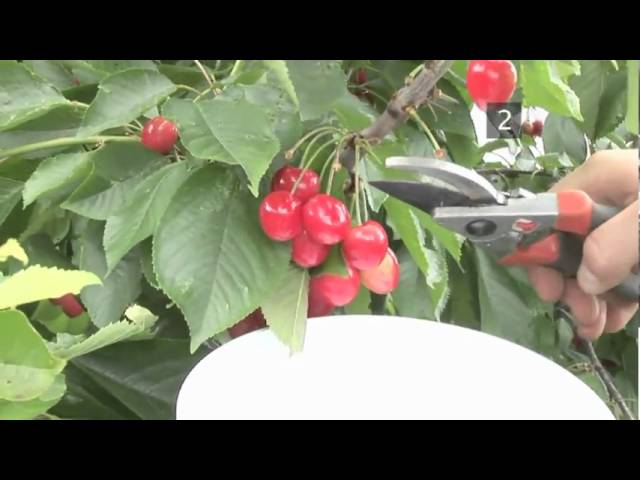
Conclusion
Determining the ideal harvest time for cherries involves a combination of factors, including climate, variety, size, color, taste, and texture. Regular observations, touch tests, taste tests, and consideration of color and size are essential in identifying when cherries are ready for harvest. Different cherry varieties have specific maturation times, with early-season, mid-season, and late-season cherries each ripening at different points in the cherry season. Various tools and techniques, such as hand-picking, shaking the tree, and using mechanical harvesters, can be employed for the actual harvesting process. Proper timing, careful handling, and appropriate storage are vital for preserving the quality of the cherries after harvest. Dealing with external factors such as birds and wildlife, weather conditions, and overripe cherries requires proactive measures to minimize potential risks to the cherry crop. By understanding the factors affecting cherry harvest time and implementing best practices, growers can ensure a successful and bountiful cherry harvest.
